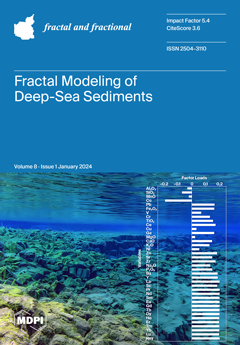The objective of this article is to introduce the
bivariate Appell polynomials
and their extended form via fractional operators. The study described in this paper follows the
[...] Read more.
The objective of this article is to introduce the
bivariate Appell polynomials
and their extended form via fractional operators. The study described in this paper follows the line of study in which the monomiality principle is used to develop new results. It is further discovered that these polynomials satisfy various well-known fundamental properties and explicit forms. The explicit series representation of
bivariate Gould–Hopper polynomials is first obtained, and, using this outcome, the explicit series representation of the
bivariate Appell polynomials is further given. The quasimonomial properties fulfilled by bivariate Appell polynomials
are also proved by demonstrating that the
bivariate Appell polynomials exhibit certain properties related to their behavior under multiplication and differentiation operators. The determinant form of
bivariate Appell polynomials is provided, and symmetric identities for the
bivariate Appell polynomials are also exhibited. By employing the concept of the forward difference operator, operational connections are established, and certain applications are derived. Different Appell polynomial members can be generated by using appropriate choices of functions in the generating expression obtained in this study for
bivariate Appell polynomials. Additionally, generating relations for the
bivariate Bernoulli and Euler polynomials, as well as for Genocchi polynomials, are established, and corresponding results are obtained for those polynomials.
Full article





